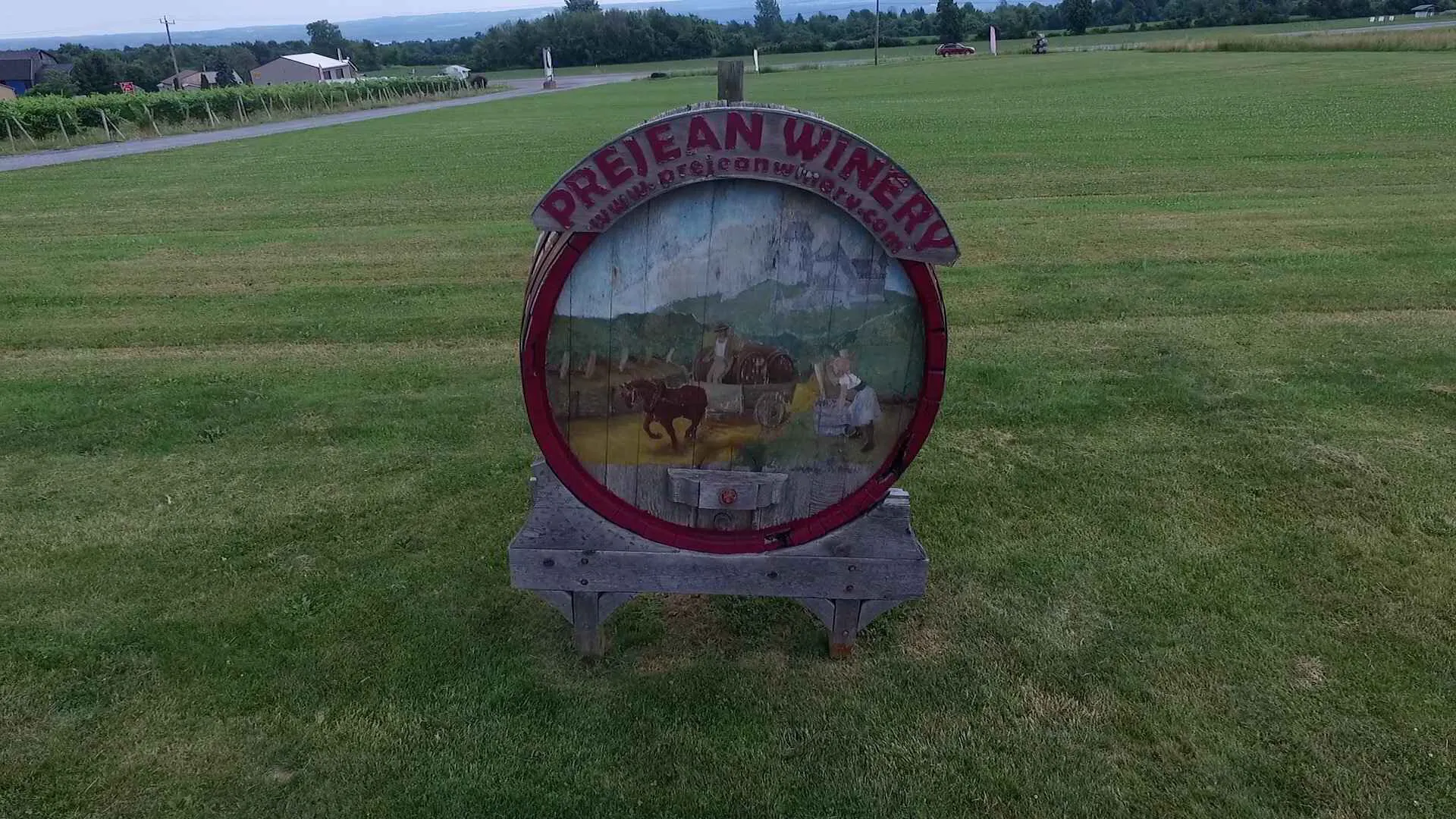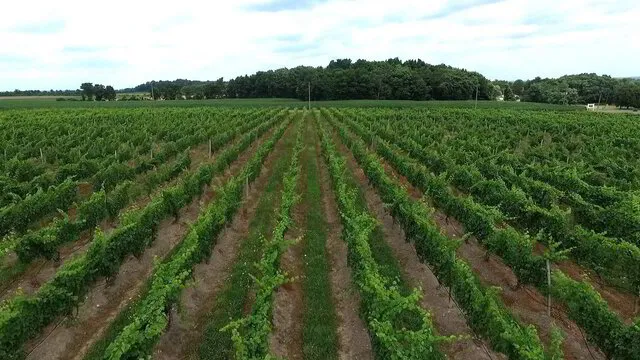The Grapes of The Finger Lakes and Their Great Journey
Just like New Zealand and South Africa, North America has something to offer wine connoisseurs in the form of its prize-winning wine from the Finger Lakes.
Known to produce some of the best Chardonnays and Rieslings outside of Germany, The Finger Lakes is home to some 100 vineries that are spread out across 11,000 acres with a production of almost 55,000 tonnes of grapes each year! Although a relatively new region to the wine industry, especially in comparison to its European competitors, the Finger Lakes has in its relatively short history garnered much respect for the quality of its grape and the wine that it produces.
One of the major reasons for this success is the climate in which the Finger Lakes sits. As a region of upstate New York, the Finger Lakes enjoys a cool climate made cooler by the fact that it includes eleven glacial lakes and is bordered by Lake Ontario. This cooler climate is perfect for growing certain varieties of vine such as the European Vitis Vinifera as well as native vines like Labrusca. More recently Finger Lakes viticulturists have found success in growing unique hybrid vines, again in part due to the unique microclimate of the Finger Lakes.
OUR STORY
A History of The Finger Lakes
Another reason for the success of the Finger Lakes is the fact that the lakes that form a part of the area act as a natural frost deterrent during the colder months. The lakes do this by releasing heat stored up from the summer during the winter, which keeps the Finger Lakes at a milder ambient temperature than surrounding areas, thus ensuring the survival of many of its vineyards from being killed off by frost. Also, many of the vineyards are planted on the side of steep hills overlooking the lakes with deep soil which ensures good drainage and better protection against frost and root rot.
The first recorded production of wine in the Finger Lakes region was in 1829 when an Episcopal Minister by the name of William Bostwick planted the Vitis Labrus vine in his rectory garden. However, it was not until 1862 that wine production in the Finger Lakes became a commercial affair with the founding of two major wine companies; Pleasant Valley and Hammondsport respectively. Following the success of these two companies, a further two companies were established some two years later in 1865.
During the latter half of the nineteenth century the Finger Lakes wine making region was to gain a reputation for excellent sparkling wines that would even go on to win coveted European wine awards in 1867 and 1873. These awards really highlight the quality of the grapes of the Finger Lakes at the time and indeed the wine that these grapes was producing. This success led to an economic boom in the area with the commercial plantings of over 25,000 acres of vineyard.
The twentieth century, at least the first part of it, would prove to be a less prosperous time for the Finger Lakes. A grapevine pest known as Grape Phylloxera destroyed many yields of the Finger Lakes vineries, in some cases irreversibly. This also coincided with an increased competitiveness of Californian vineyards and from the 1920s the wipe out of the US domestic market with the introduction of prohibition.
The Finger Lakes wine industry only saw a small recovery post 1933 when prohibition was appealed, but it had lost out on market share and growth to other American wine making regions and to more established wine making regions overseas. Then in 1941 the US entered the second world war, which had the odd effect of changing American soldier's taste buds. As US soldiers were stationed in Europe, they developed a taste for drier wines rather than the sweeter wines traditionally grown in regions such as the Finger Lakes. As a result, the Finger Lakes vineyards tried to keep up with the change of preference by attempting to grow Vitis Vinifera, the vine capable of producing drier wines, but found the vine could not survive cold north American winters. Desperate to not lose market share to its competitors, the Finger Lakes wine industry tried everything including growing hybrid French vines as a way of producing the varieties of wine commonplace in mainland Europe, but ultimately it failed.
It was only in 1962 that the Vitis Vinifera vine was successfully grown in the Finger Lakes through a process of grafting the vine onto already established vines with roots that could survive the winter. This in turn reinvigorated the Finger Lakes wine industry. In the subsequent 52 years the Finger Lakes region has been growing many varietals of grape from the European continent. From purple grapes like the cabernet sauvignon, Dornfelder and Malbec to white grapes like Rkatsiteli, Pinot Blanc and Sauvignon Blanc, the Finger Lakes produces some of the most recognizable wines from many traditional European vineyards. This means that this North American region is capable of bottling the most distinctive of European tastes from the Bordeaux region of France to the Rhineland-Palatinate region of Germany, for example.
Meet the Family
Most of the vineyards of The Finger Lakes are family affairs. They have often been established by the family and are handed down to the family. One such family is the Prejean Family. Their Prejean Vineyard was opened in 1986 following six years of preparation and tending of the vineyard by Jim and his wife Elizabeth Prejean. It was Jim who, while on a business trip to the Finger Lakes in 1978, decided to retire and buy 53 acres of Finger Lakes land. With the agreement of Elizabeth, he decided to plant 13 acres of vineyard in their 53 acres of land in 1979 which produced many award-winning wines when the vineyard eventually opened in 1986. Jim died in 1989 but his legacy continues in his family who continue to work the vineyard where they grow Marechal Foch and many other vines unique to the Finger Lakes region.
The Future
The Finger Lakes has a bright and prosperous future ahead. The wines that are produced in this special region are some of the best wines in the world, with many going on to beat more established European brands and win coveted wine tasting prizes. This region has so much potential with new vineyards opening up and new vines being grown there all the time. It is an asset of the American economy and, as a relatively new wine making region, continues to establish itself as a force to be reckoned with within the wine making industry.


